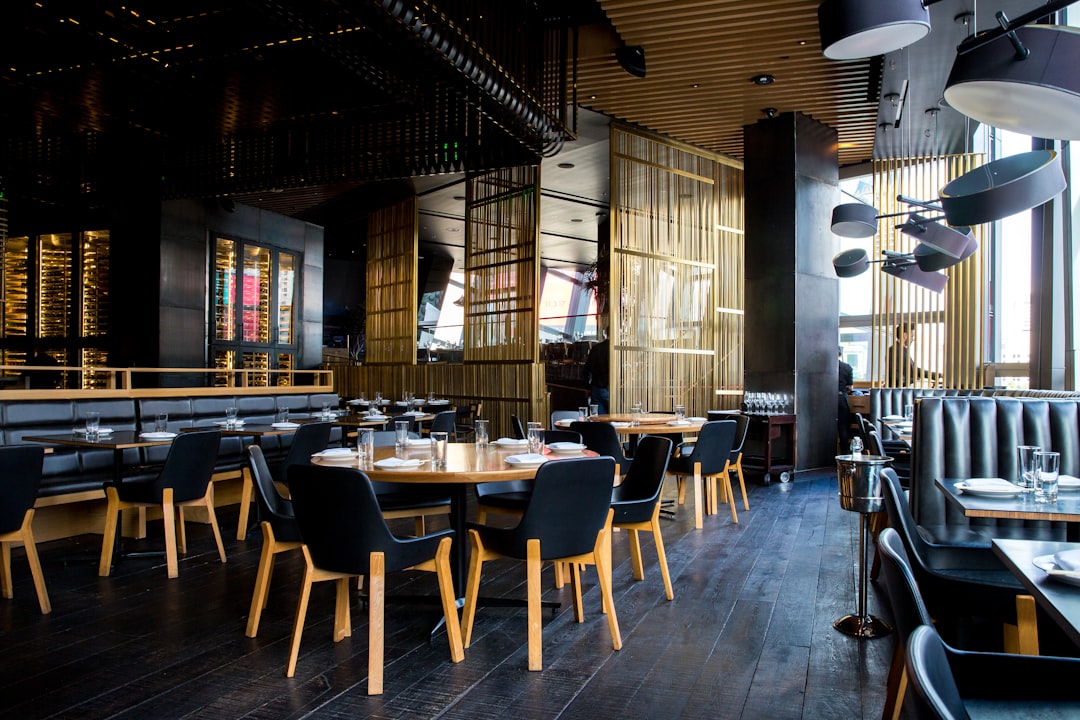
Explore the World: Top Must-See Destinations and Activities
# Introduction. Traveling opens the door to discovering different cultures, breathtaking landscapes, and unforgettable experiences. Whether you're wandering through historic cities, soaking up the sun on picturesque beaches, or exploring nature's wonders, every destination has its unique allure. In this blog post, we will dive into some of the top destinations around the globe along with activities that you simply cannot miss. From the urban vibrancy of Tokyo to the idyllic settings of Santorini, this guide will help you curate a remarkable travel experience. # 1. Tokyo, Japan: The Fusion of Tradition and Modernity. Tokyo is a city where ancient tradition meets cutting-edge technology, creating an intriguing blend that captivates millions of travelers. One of the must-visit attractions is the iconic Senso-ji Temple, Tokyo's oldest temple, where you can participate in traditional rituals, sample street foods, and explore nearby markets. A visit to the Tokyo Skytree offers spectacular city views, particularly at sunset when the skyline lights up. For a unique experience, explore the neighborhoods of Harajuku and Shibuya. Harajuku is famous for its youth culture and quirky fashion, while Shibuya is known for its bustling crossing, one of the busiest pedestrian intersections in the world. Don’t forget to try authentic sushi at Tsukiji Outer Market and immerse yourself in the vibrant nightlife of Shinjuku. # 2. Santorini, Greece: A Slice of Paradise. Famed for its stunning sunsets and whitewashed buildings, Santorini is a dream destination for many. Begin your journey in Oia, where the sun sets in a colorful display, providing a perfect backdrop for romantic moments. Stroll along the cobblestone streets, taking in the charming architecture and boutique shops. Take a boat tour to explore the volcanic islands surrounding Santorini. Swim in the hot springs, or enjoy a swim at the red beach, with its unique red and black volcanic rock formations. Sample local wines at the island's vineyards and savor delicious Mediterranean cuisines, particularly fresh seafood, and traditional moussaka. # 3. Cape Town, South Africa: Nature at Its Best. Cape Town, with its stunning landscapes and rich history, is a city that must be explored. Start with a visit to Table Mountain, offering panoramic views of the city, the coastline, and beyond. A hike or a cable car ride to the top is a must to witness the breathtaking scenery. Another highlight is the vibrant V&A Waterfront, where you can dine, shop, and relax while enjoying views of the harbor. The Cape Peninsula, known for its dramatic cliffs and gorgeous coastline, offers scenic drives and opportunities for wildlife watching, including the famed African penguins at Boulders Beach. Don't miss out on exploring the historic Robben Island, where Nelson Mandela was imprisoned for many years, to learn about the country's struggle for freedom. # 4. Barcelona, Spain: An Architectural Wonderland. Barcelona is renowned for its stunning architecture and rich culture. A visit would be incomplete without exploring the masterpieces of Antoni Gaudí, particularly the Sagrada Família and Park Güell. The intricate designs and vibrant colors are a feast for the eyes and a treat for architecture enthusiasts. Wander through the Gothic Quarter to discover the city's medieval charm, with narrow alleys leading to cozy cafes and shops. Enjoy local delicacies such as tapas and paella, experiencing the lively atmosphere of La Boqueria market. In the evening, head to the beach for some relaxation or join one of the many vibrant festivals celebrated throughout the year. # Conclusion. Traveling opens up a world of experiences and adventures that enrich our lives. Each of these destinations offers a distinct charm, ensuring that travelers find something to relish. Whether you’re drawn to the bustling streets of Tokyo, the romantic sunsets of Santorini, the natural beauty of Cape Town, or the artistic streets of Barcelona, there’s no shortage of unforgettable experiences waiting for you. So pack your bags and get ready to explore these exceptional locales, immersing yourself in the unique culture, history, and beauty each has to offer. .







